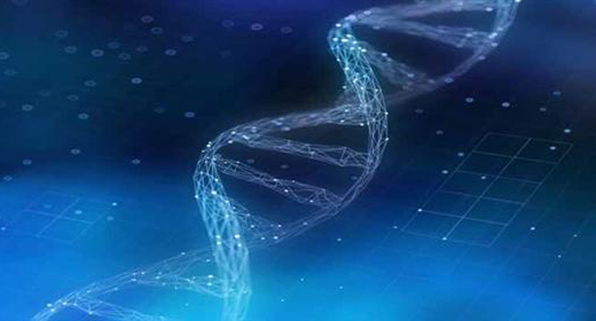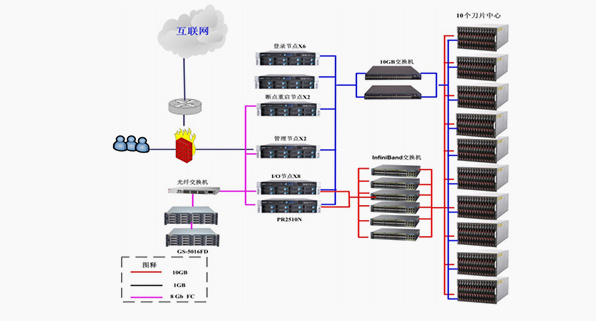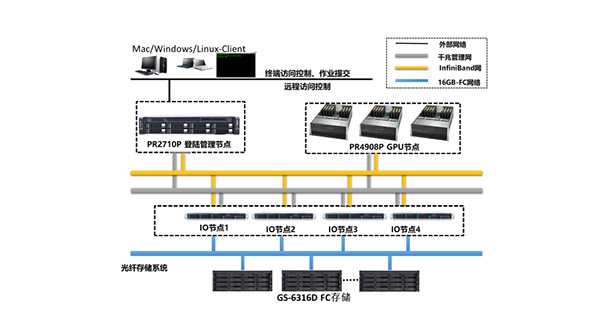
We are customer-centric and provide customized or one-stop full-stack solutions to empower all industries.

With the gradual implementation of the “Golden Health Card Project”, improving the “China Golden Health Network” has become one of the most important things for hospitals. The most important idea of the “China Golden Health Network” is to build a hospital information system. This information system is not only about storing this information, but also about providing it for others to read. Therefore, a single storage system cannot meet the construction of the information system. We also need to add some servers outside the storage system. Through these servers, we can spread our information to others. The HIS system has developed from the initial financial-oriented to the current patient-centered, from simple text data to multimedia data such as sound and images, and the amount of stored data has increased rapidly year by year. In particular, large-capacity digital images such as X-rays, CT and MR have caused a sharp expansion in the amount of medical information. Traditional cluster solutions mostly use the “2+1” (i.e., one disk array between two servers) “dual-machine hot backup” mode. This independent disk array that exists to share data between the two servers often becomes a prominent failure point of the core system: once the disk array fails, the entire system will shut down. As a hospital operating 7×24, the impact of this unexpected shutdown on the business can be imagined.
PowerLeader proposed an N+2 cluster solution, the so-called “N+2” means “N computing nodes + two storage nodes”. The “N+2” cluster mode is based on the original “N+1” cluster mode, adding a disk array, defining each blade server as a “computing node” and each disk array as a “storage node”. The data in the two disk arrays is completely synchronized in real time, and there is no need to worry about the impact of unexpected downtime on the business.


In addition to using the GS-5016SD disk array with stable performance and high security, this disaster recovery system also realizes the mirror relationship between the two disk arrays. Each I/O write reaches the controllers of the two disk arrays through two host channels, and the operation is completed only when both I/Os return correct results. In this way, the data in the two disk arrays are completely synchronized in real time, without worrying about any data consistency issues. The heartbeat line uses a Gigabit network card to directly connect to the network cable to configure a private network. The blade server is connected to the shared storage PowerLeader GS-6316D through a SAS cable. The benefit of simultaneous monitoring of the external network and the internal network is to avoid the single point of failure of the heartbeat line, so as not to cause the wrong switching caused by the heartbeat line failure. Once the host detects that the host has a fault through “heartbeat monitoring”, the backup machine will take over all the work of the faulty host online, including the data on the RAID shared storage, without interrupting the normal network service. The shared storage comes with a RAID controller, which can achieve RAID levels such as RAID0, 1, and 5. Users can choose the appropriate level of RAID to improve the availability and reliability of data in the shared storage.
Flexible storage
High availability and high reliability